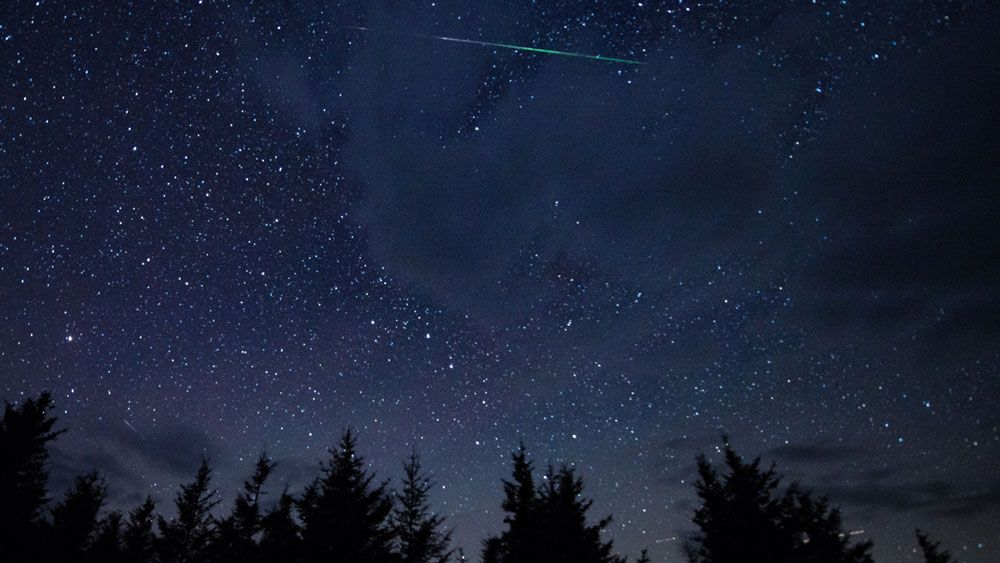The Geminid meteor shower is the last big shower of the year and is definitely worth checking out if the skies are clear enough.
The peak of this year's Geminid meteor shower is the night of December 13 leading into the early morning hours of the 14th (Sunday night into Monday morning).
While you will see the most meteors on that night, you should be able to see quite a few on the nights leading up to the peak and for a few nights after the peak, assuming you have clear skies overhead.
The best time of night to view the Geminids is around 2 a.m. That is when the area in the sky where the meteors appear to come from, also known as the radiant point, is highest in the sky. If that is a little too late for you, don't worry, you can still see plenty earlier in the night.
On average, you can see around 50 meteors per hour under a dark sky. However, this year the peak of the Geminid meteor shower coincides with the new moon, which means we may be able to see over 100 meteors per hour on the night of the peak if we have cloud-free skies overhead.
Here are a few tips for viewing the meteor shower.
First off, find a dark, open sky if possible. Go out later in the night – say, after midnight – if you want to see the maximum amount of meteors. After giving your eyes a few minutes to adjust to the dark, just lay back and look upward.
The meteors will appear to originate near the constellation Gemini the Twins, but don't worry if you don't know where to look. The Geminids will appear all across the night sky.
Happy meteor hunting!



